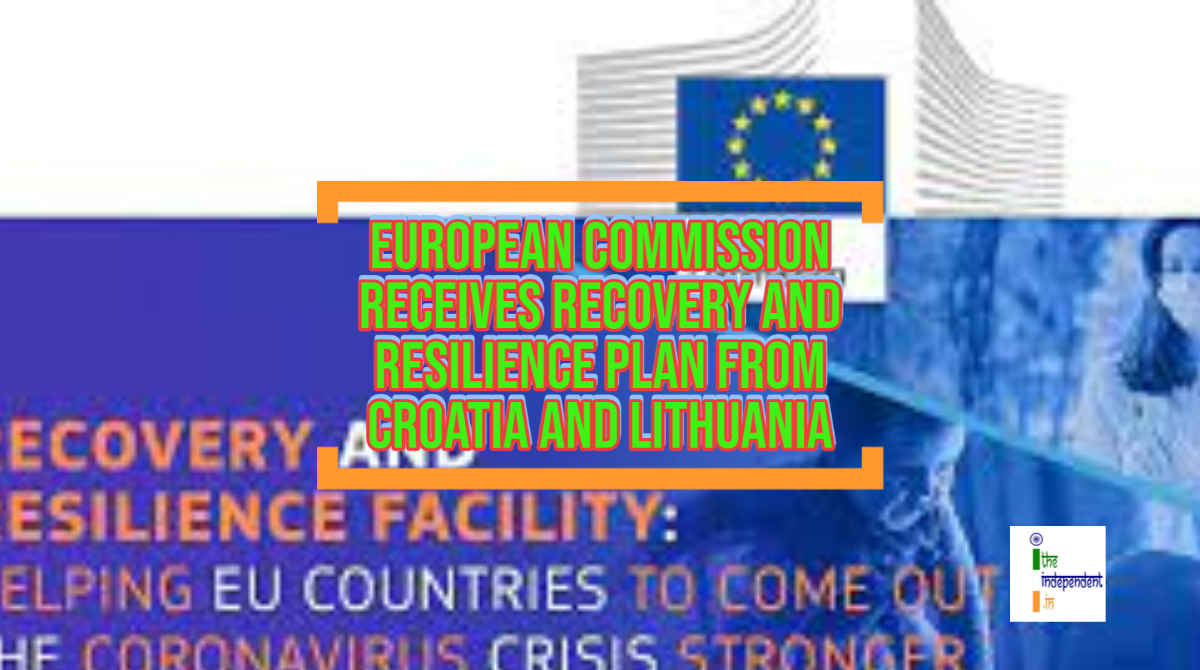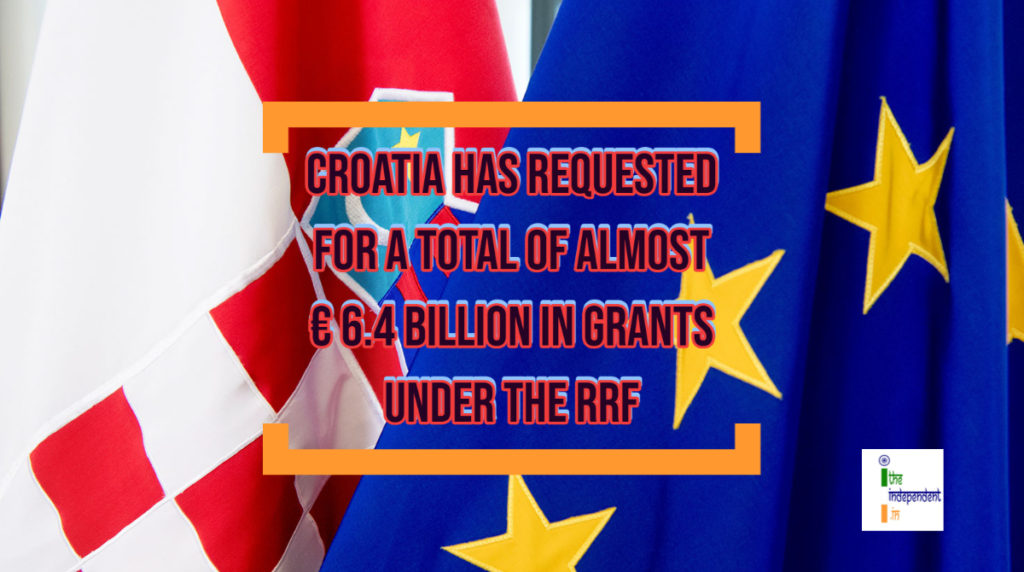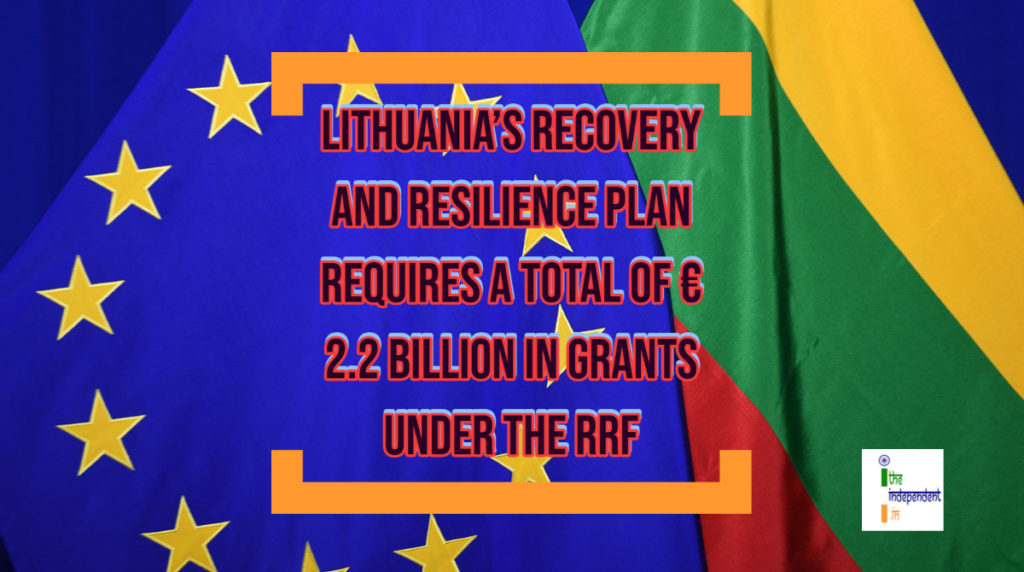
In 2020, E.U. had announced a 750-billion-euro Recovery and Resilience Facility (RRF) to help the European economies fight the economic adversities of COVID-19 pandemic
The European Commission has received the official recovery and resilience plans from Croatia and Lithuania, detailing out the roadmap of reforms and public investments that they will undertake from their share of European Union’s (E.U.’s) Recovery and Resilience Facility (RRF).
In 2020, E.U. had announced a 750-billion-euro Recovery and Resilience Facility (RRF) to help the European economies fight the economic adversities of the Coronavirus (COVID-19). All the 27 Member States are required to submit a recovery and resilience plan to get their share of funds.
As per E.U., the Member States must spend atleast 37% of their share of funds on renewable energy projects and 1/5th of funds on bolstering digital services and research.
As of now, the European Commission has received the recovery and resilience plan from 17 Member States comprising of Belgium, Denmark, Germany, Greece, Spain, France, Croatia, Italy, Latvia, Lithuania, Luxembourg, Hungary, Austria, Poland, Portugal, Slovenia and Slovakia.
Taking it to twitter, the President of European Commission – Ursula von der Leyen tweeted,
We have received Croatia's recovery and resilience plan.
— Ursula von der Leyen (@vonderleyen) May 15, 2021https://t.co/1lnvwnV5dX pic.twitter.com/hPBPQptvFE

In its resilience and recovery plan, Croatia has requested for a total of almost € 6.4 billion in grants under the RRF. Croatia’s plan is structured around green and digital economy, public administration and judiciary, education, science and research, labour market and social protection and healthcare. The plan includes measures to improve business environment, education, research and development, energy-efficiency in buildings, zero-emission transport and the development of renewable energy sources. Projects in the plan cover the entire lifetime of the RRF until 2026.
She further tweeted,
The
— Ursula von der Leyen (@vonderleyen) May 15, 2021plan is structured around the green & digital economy, public administration & judiciary, education, science & research, labour market & social protection, healthcare, and building renovation.#NextGenerationEU
On the other hand, Lithuania’s recovery and resilience plan requires a total of € 2.2 billion in grants under the RRF. The Lithuanian plan is structured around having a resilient health sector, green and digital transitions, high quality education, innovation, higher education, efficient public sector and social inclusion. The plan includes measures in areas such as renewable energy, energy efficiency, sustainable transport, digital skills, research and innovation, digitalisation of public administration and the strengthening of active labour market policies.

Announcing the Lithuania’s plan, Ursula tweeted,
We have received Lithuania’s recovery and resilience plan.
— Ursula von der Leyen (@vonderleyen) May 15, 2021
Theplan includes measures in areas such as renewable energy, energy efficiency, sustainable transport, digital skills, and research and innovation.#NextGenerationEU
https://t.co/1lnvwnV5dX pic.twitter.com/n74adeRc5L
As a next step, the European Commission will now assess the plans within the next 2 months based on the eleven criteria set out in the Regulation and translate their contents into legally binding acts.
This is be followed by a review which will assess that whether the plans contribute to effectively addressing all or a significant subset of challenges identified in the relevant country-specific recommendations. The European Council will have four weeks to adopt the Commission’s proposal for a Council Implementing Decision.







